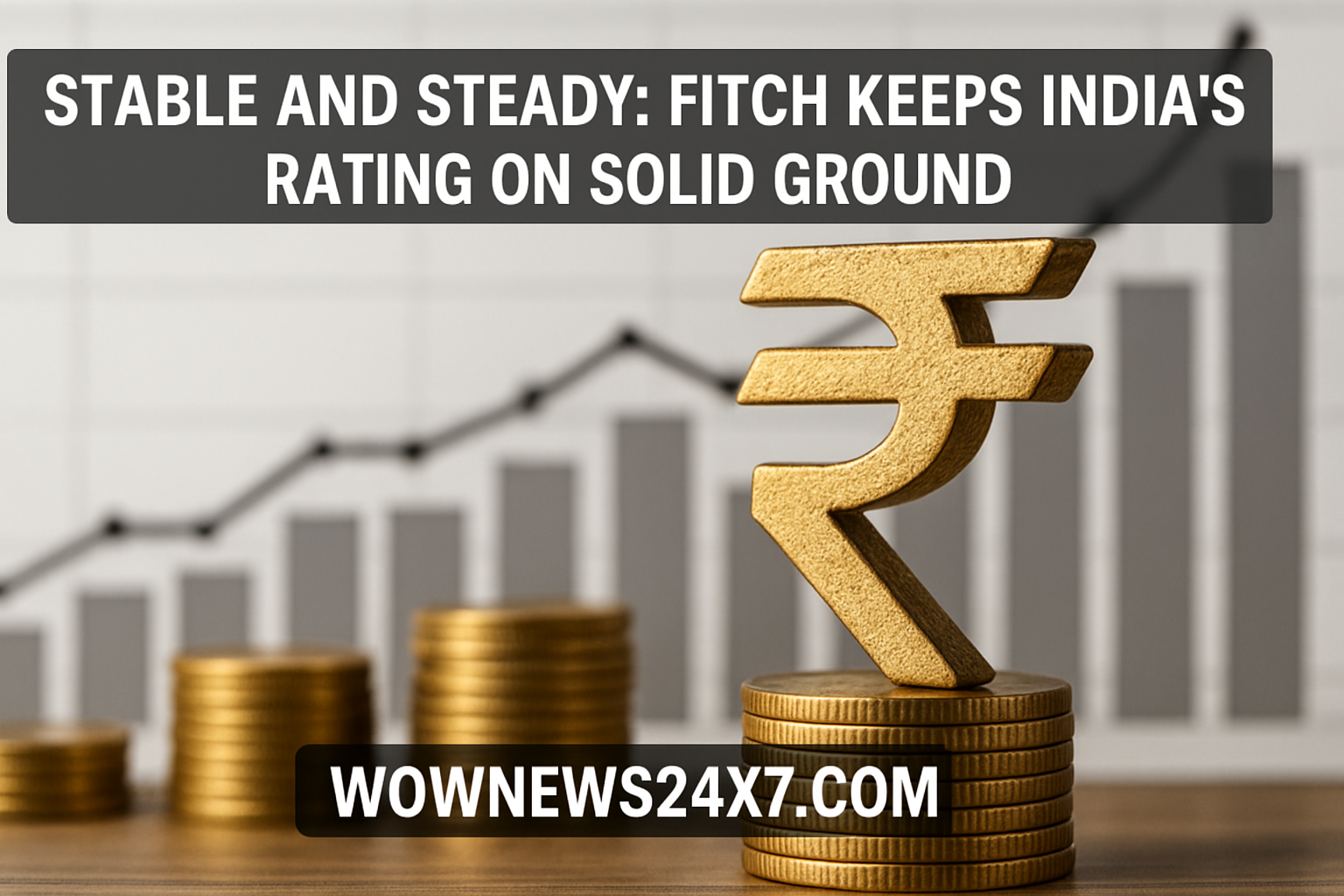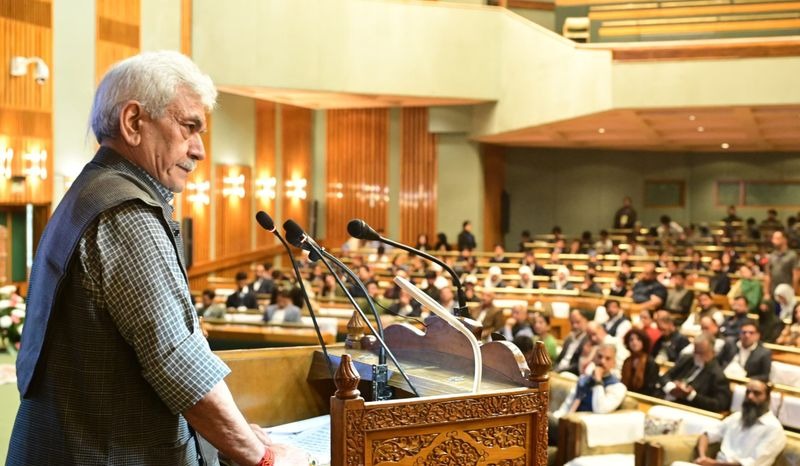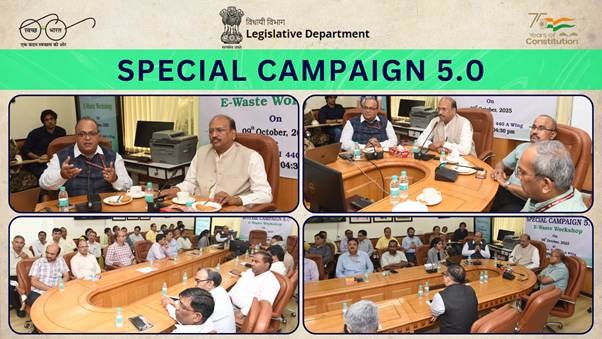In a reaffirmation of India’s economic strength and stability, global credit rating agency Fitch Ratings has maintained the country’s sovereign rating at ‘BBB-’, with a Stable Outlook, underscoring confidence in India’s robust growth trajectory and solid external finances. The announcement, made on August 25, 2025, comes amid global economic uncertainty and rising geopolitical tensions, positioning India as a resilient performer among emerging markets.
This rating places India at the lowest rung of investment grade, but Fitch’s commentary suggests that the country’s macroeconomic fundamentals are strong enough to weather external shocks and maintain fiscal discipline over the medium term.
Growth Anchors the Rating
Fitch highlighted India’s strong GDP growth forecast of 6.5% for FY2026, unchanged from FY2025, and significantly above the median of 2.5% for other ‘BBB’ rated peers. The agency noted that domestic demand remains solid, supported by the government’s ongoing public capital expenditure drive and steady private consumption.
While private investment is expected to remain moderate due to global headwinds—including heightened U.S. tariff risks—India’s internal momentum continues to be a key driver of growth. Fitch also forecasts nominal GDP growth at 9.0% in FY2026, slightly down from 9.8% in FY2025 and 12.0% in FY2024, reflecting a normalization after post-pandemic recovery highs.
External Finances: A Pillar of Stability
India’s external financial position remains a cornerstone of its rating strength. With foreign exchange reserves hovering around $700 billion, the country has ample buffer to manage external shocks and currency volatility. Fitch emphasized that India’s ability to navigate global disruptions—such as supply chain shifts and energy price fluctuations—has been bolstered by its diversified trade portfolio and prudent monetary policy.
The agency also noted that headline inflation has declined to 1.6% in July 2025, driven by falling food prices and effective policy actions by the Reserve Bank of India (RBI). Core inflation remains stable around the 4% midpoint of the RBI’s target band, giving the central bank room for further easing. Fitch expects one more 25 basis point rate cut in 2025, following a cumulative 100 basis point reduction earlier this year.
Fiscal Challenges Persist
Despite the positive outlook, Fitch flagged India’s fiscal metrics as a key credit weakness. The country continues to grapple with high deficits, elevated debt levels, and substantial debt servicing costs compared to its rating peers. The general government fiscal deficit is projected to remain elevated at 8.6% of GDP in FY2024, though the central government aims to reduce its share to 5.9%, down from 6.4% in FY2023.
Fitch acknowledged improvements in expenditure quality, with capital expenditure largely aligned with budget targets. However, the agency cautioned that lagging structural indicators, such as governance metrics and GDP per capita, continue to constrain India’s rating potential.
Risks and Reform Outlook
The rating agency identified several downside risks, including political slippage in fiscal consolidation, structural slowdown in growth, and external shocks such as trade disruptions or commodity price volatility. On the upside, Fitch indicated that a sustained narrowing of fiscal deficits and structural reforms—particularly in labor markets and taxation—could pave the way for a future upgrade.
India’s ability to maintain policy continuity post-elections and accelerate private investment will be critical in determining its long-term credit trajectory. Fitch also noted that proposed GST reforms, if implemented, could support consumption and offset some growth risks.
Government Response
The Ministry of Finance welcomed Fitch’s affirmation, stating that it reflects international confidence in India’s economic management and reform agenda. The government reiterated its commitment to fiscal prudence, infrastructure investment, and inclusive growth, aligning with its long-term vision of Viksit Bharat by 2047.
What This Means for India
Fitch’s reaffirmation is a vote of confidence in India’s macroeconomic stability, especially at a time when global markets are jittery. It enhances India’s credibility among foreign investors, supports sovereign borrowing costs, and reinforces the country’s position as a leading emerging market.
While challenges remain, the rating underscores that India’s fundamentals—growth, external buffers, and reform momentum—are strong enough to keep it on a stable path.
Sources: Fitch Ratings, Economic Times, Fortune India







